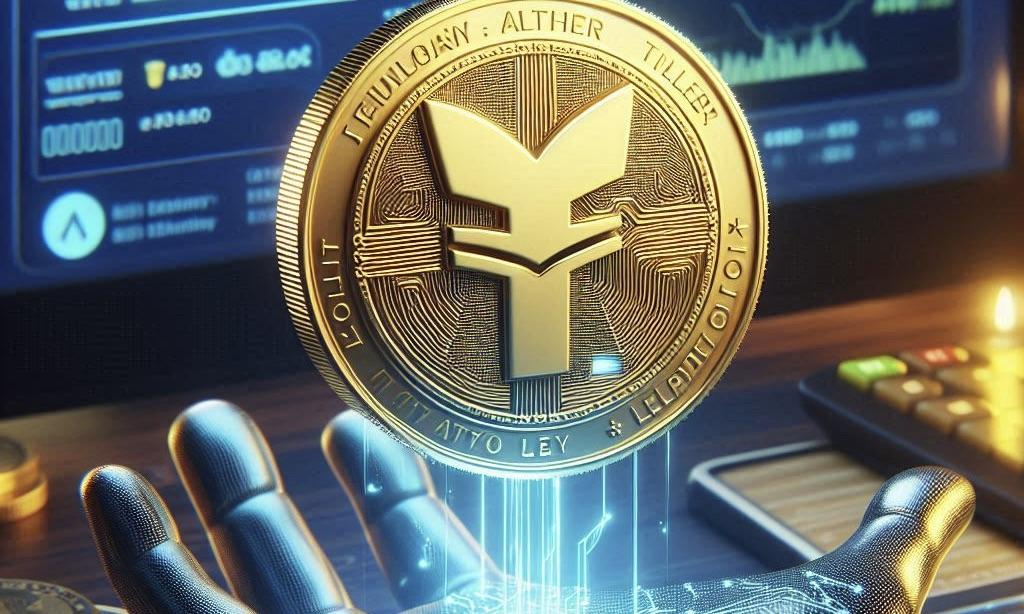Cardano founder Charles Hoskinson has estimated that Satoshi Nakamoto, the anonymous creator of Bitcoin, likely spent under $3,700 on electricity to mine 1 million BTC during the cryptocurrency's earliest days. According to Hoskinson, Bitcoin was mined between 2009 and 2010 when the network had extremely low difficulty, negligible competition, and mining was done using CPUs rather than specialized hardware.
Hoskinson outlined three scenarios to calculate electricity costs based on variables like power consumption, machine count, duty cycle, and regional electricity prices. The most minimal setup involved a single machine running 190 watts at 75% uptime for 485 days, totaling only $191. This supports the theory that Satoshi could have been a lone individual mining on a regular PC.
However, data from the "Patoshi pattern"—a mining signature identified by researcher Sergio Lerner—suggests Satoshi may have operated a cluster of machines. This more realistic scenario would raise mining costs to about $575 in the U.S. or up to $1,000 overseas. In a more aggressive mining strategy to stay ahead of increasing difficulty, energy expenses might have reached $3,700.
These surprisingly low costs highlight how accessible Bitcoin mining was in its infancy and offer insight into how Satoshi amassed what is now one of the world’s largest crypto fortunes. With 1 million BTC, Nakamoto’s net worth is estimated at nearly $120 billion, surpassing even Bill Gates.
In related news, Ripple CTO David Schwartz shared that he mined 250 BTC when the coin traded around $30. As Bitcoin continues evolving, early mining stories like Satoshi’s reveal the dramatic shifts in network economics and accessibility over time.


























Comment 0